
- Paisley Home page
- Robert Tannahill – Paisley Poet
- Greenock Cruise Ships Private Bespoke Tour of Paisley
- Ferguslie Mills Heritage Tourist Trail
- Paisley Abbey
Paisley Museum and Art Galleries
- Weave The Paisley Pattern
- King Solomon Paisley – Scotland
- Glen Cinema
- Paisley Town Hall
- Dunn Square
- Paisley Tolbooth
- John Neilson Institution
- Coats Memorial Church
- Oakshaw Trinity Church
- The Laigh Kirk
- Russell Institute
- Sma’ Shot Cottages
- Sma’ Shot Day Weave Guided Walking Tours
- Photography Tours
- Paisley Snail – Donoghue versus Stevenson
- Shopmobility Paisley and District
- Sir Wallace & Wilson
- Paisley SantaLes
- Hugh MacDonald
Coats Observatory
designed by John Honeyman for Thomas Coats. Opened in 1883 and one of the best-equipped small observatories in the country. The Grade A building houses a variety of equipment and carries out weather recordings and activities. It has recently been fitted with a new dome. This is a must for astronomy enthusiasts.
It has been extended on several occasions since. The Museum and Art Gallery house many fine exhibits ranging from local natural history to its world-famous collection of Paisley Pattern Shawls.
The National Lottery, Art Fund, private trusts and foundations, Scottish Government acquisition grant funding and by a part gift by previous owners Diageo Scotland Ltd.
The National Lottery and Scottish Government also gave additional funds to enable the painting to go on tour in Scotland.
Joyce McKellar, Chief Executive of Renfrewshire Leisure, said: ‘We are delighted to work in partnership with National Galleries Scotland to welcome the Monarch of the Glen to Paisley Museum and Art Gallery in early 2018.
Following the acquisition of this iconic painting for the nation, this will provide an opportunity for new audiences to see the Monarch of the Glen, and to be able to engage with the debate on what it means for our history and identity.” Monarch of the Glen will go on display at Paisley Museum 20 January – 11 March 2018
- Search for:
- X (Twitter)


Coats Observatory
Thomas coats observatory paisley.
Thomas Coats Observatory in Paisley is a fantastic gem hidden at the back of Oakshaw in Paisley , this is a building you must visit when in town, read the following history of Thomas Coats Observatory to find out more information about how it came to be built in the town of Paisley .

Update Closed For Refurbishment:
Cultural Services Update
Work is well under way on a £100m investment in Paisley town centre venues and cultural infrastructure over the next few years. This is being led by Renfrewshire Council and its partners as part of wider plans to change the area’s fortunes using heritage and culture.
The aim is to turn our historic venues into 21 st century facilities which can host the new visitors, events and cultural activity the area is attracting. Work on venues operated by Renfrewshire Leisure includes:
- a £42m transformation of Paisley Museum into a world-class destination showcasing the town’s unique heritage and collections.
- a £22m revamp to make Paisley Town Hall a flagship performance venue for Renfrewshire and the west of Scotland, and preserve its place at the heart of life in the town;
- an extension and refurbishment of Paisley Arts Centre
- a new learning and cultural hub housing library services in a formerly-vacant High Street unit,
- investment to create new outdoor events space and sporting facilities at St James Playing Fields
This complements investment by the council in town centre transport links and outdoor spaces, and ongoing work to help owners restore historic buildings;
What are the benefits?
The venue investment is central to the wider work to use the power of Paisley’s internationally-significant heritage and cultural assets to change its future by making us one of Scotland’s key destinations for culture and events.
Aside from preserving our precious architectural legacy and museum collections, the revamped venues will host activity which will bring huge volumes of new visitors and footfall to the town, bringing new life to the town centre and creating chances for business to thrive.
The museum alone is forecast to attract 125,000 visitors a year and create hundreds of new jobs during construction and once it opens. The revamped town hall will double attendees to 100,000 and – along with the arts centre – will be able to attract more and bigger shows, bringing more footfall into the town. The revamped St James will be able to host major outdoor events – such as big outdoor music gigs. And the investment in outdoor spaces will make the town more attractive for visitors, residents, workers and students to spend their time and money.
What is the timetable for closures?
For investment of this scale, we do have to close some of the venues while work is ongoing. Paisley Museum, Paisley Central Library and the Heritage Centre are planned to close on 20 September and reopen in 2022. Paisley Town Hall shuts at the end of 2018 and reopens in 2021, and Paisley Arts Centre will close in summer 2019 and reopen in autumn 2020.
- Tuesday – Saturday 11am – 4pm (closed for lunch 1pm – 2pm) ^ Access via Museum
- Sunday 2pm – 5pm * Access via Museum
- Solar viewings (June – September) 2pm – 4pm
- FREE During the winter months, the observatory is open for night sky telescope viewing depending on the weather. These sessions are free and there is no need to book. On clear nights, the telescope is trained on the moon, the planets and other interesting sights in the sky. Tuesday & Thursday only.
- Check here for regular updates – http://www.renfrewshireleisure.com/coatsobservatory/
Contact us:
- email : [email protected]
- phone : 0141 889 2013 (Coats Observatory)
- visit : 49 Oakshaw Street West, Paisley, PA1 2DE
At the 1880 Annual General Meeting of the Paisley Philosophical Institution, it was proposed that the Society should purchase an astronomical telescope, the telescope to be housed in the then new and expanding Museum-Library complex. Mr Thomas Coats of Ferguslie, then a member of the council, offered to relieve the Institution of the expenses incurred, and with the advice of Professor Grant of Glasgow University, a 5 inch equatorial telescope by Thomas Cooke and sons of York was obtained.
Mr Coats next proceeded to provide a substantial building to house the instrument on the present Oakshaw site on part of the ground which had been purchased by Sir Peter Coats for possible Museum and Library extensions. The memorial stone was laid in March 1882 by Mr Thomas Coats who also endowed the new Observatory with a sum of £2,004 In October 1883 the new Observatory designed by Mr John Honeyman, one of the best equipped small observatories in the country, was officially opened to the public. Sadly Thomas Coats was prevented from opening the building by ill health and he died only two weeks later. His trustee added yet further equipment to that already supplied and made an additional gift of £2,000 to the established trust.
Besides the 5 inch telescope, a variety of other equipment was installed, including a transit instrument, sidereal clocks, specialised eyepieces for the telescope and other items. One of Professor Grant’s assistants, Mr Donald McLean, was appointed the first curator. From 1892 to 1898 further equipment was added by Mr James Coats, culminating in the 10 inch Grubb telescope, together with new premises to the west of the main building and an addition to the endowment fund raising it to £10,000.
In 1884 the weather recording activities, which had been carried on for many years at Ferguslie House. were transferred to the Observatory where they have continued without break ever since. Daily returns are made to the Meteorological Office of wind speed and direction, barometric pressure, hours of sunshine, visibility, cloud cover, humidity, rainfall and temperature. Also installed in the early part of the century were two seismic recorders, placed in a specially constructed building, and records from these include readings for the San Francisco earthquake of 1906. After a generation of activity the Philosophical Institution began to suffer, in the 1920s, from the fall in the value of money after World War I. The telescopes were overhauled in the early 1920s. Apart from meteorological recording, some winter lectures on Astronomy and tours by local groups and societies round the premises, activity dwindled. World War II cu further into the value of the endowment and eventually the running costs of the Observatory were partly met from the income of the Philosophical Institution’s winter lectures. The final financial crisis was brought about in 1957 by the retiral of the last curator Mr John Woodrow. His salary had remained at its pre-war figure and it was impossible to increase it to attract a successor. Indeed, it was difficult to find adequate funds for maintenance and repairs.
The original Coats deed of gift contained a proviso that if ever the Philosophical Institution should find itself unable to continue the Observatory, it should be offered to Paisley Town Council. Negotiations to this end were opened and in the meantime, to avoid a break in the weather recording work which had continued since 1884, the Museum staff took this over on an unofficial basis.
Negotiations took longer than anticipated arid it was not until the spring of 1963 that management was Finally transferred to the Town Council putting the premises in charge of the Museum and Art Galleries Committee. Repairs and decorations were put in hands, and the telescope, after forty years, was given a much needed overhaul. An Observatory technician was appointed and the building was opened once a week for visits from the general public. An Astronomical Society was founded and made good use of the facilities and library of specialist books.
Following local government reorganisation in 1975, and in preparation for the centenary of the Observatory, considerable works were put in hand by the Arts and Community Committee of Renfrew District Council The exterior of the building was cleaned, defective stonework was repaired, railings at the front replaced and the whole floodlit. Internally the building was rewired, central heating installed and redecorated throughout. The Observatory technician was promoted to Meteorological Officer and equipment was renewed. A variable drive was fined to the telescopes by Grubb Parsons of Newcastle. The seismic equipment was updated, with the assistance of the Institute of Geological Sciences, to become tie major seismic station in south west Scotland. In 1995, after a century of service, the original Observatory dome was replaced with a new one built to original specifications and using original materials.
- Our Supporters
- Paisley Events
- Renfrewshire
- renfrewshire events
- Press Release
- St Mirren FC
- Paisley History
- Famous People
- Photo Archive
- Paisley Videos
- Paisley Photographs Archive
- Paisley Photographs
- Flickr Gallery
- Hire a Photographer
- Paisley’s Drone Photography and video.
- Paisley Visitor Attractions
- Paisley Buildings at Risk
- Behind Close Doors
- Paisley Radio
- Paisley Music TV
- Shine the light
Coats Observatory

Top ways to experience nearby attractions

Most Recent: Reviews ordered by most recent publish date in descending order.
Detailed Reviews: Reviews ordered by recency and descriptiveness of user-identified themes such as waiting time, length of visit, general tips, and location information.
Also popular with travellers
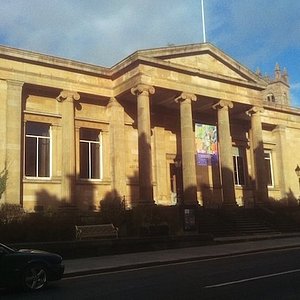
COATS OBSERVATORY: All You Need to Know BEFORE You Go (with Photos)
Coats Observatory

Top ways to experience nearby attractions

Most Recent: Reviews ordered by most recent publish date in descending order.
Detailed Reviews: Reviews ordered by recency and descriptiveness of user-identified themes such as waiting time, length of visit, general tips, and location information.
Also popular with travellers

COATS OBSERVATORY: All You Need to Know BEFORE You Go (with Photos)
- Sun - Sun 2:00 PM - 5:00 PM
- Mon - Sat 11:00 AM - 4:00 PM
- (0.04 km) Oakshaw Apartment - Elegant Rustic Apartment in City Centre
- (0.18 km) Ashtree House Hotel, Glasgow Airport.
- (0.25 km) Oakshaw Guest House
- (0.60 km) Kombi Campers
- (0.96 km) Muirholme B&B
- (0.21 km) Cardosi's Restaurant
- (0.15 km) Roasters
- (0.16 km) Cardosi's Espresso Bar
- (0.20 km) Malatso Cafe
- (0.23 km) Allan's Snack Bar
Coats Observatory

Top ways to experience nearby attractions

Most Recent: Reviews ordered by most recent publish date in descending order.
Detailed Reviews: Reviews ordered by recency and descriptiveness of user-identified themes such as waiting time, length of visit, general tips, and location information.

Also popular with travellers

Coats Observatory - All You Need to Know BEFORE You Go (2024)
- Things to Do
- Restaurants
- Vacation Rentals
- Travel Stories
- Rental Cars
- Add a Place
- Travel Forum
- Travelers' Choice
- Help Center
A really unique experience - Coats Observatory
- Europe
- United Kingdom (UK)
- Scotland
- Renfrewshire
- Paisley
- Paisley - Things to Do
- Coats Observatory
What a lovely old building, we visited here whilst up seeing relatives in Paisley. It's right in... read more
This place is very interesting, small but you actually have a tour guide giving you the complete... read more
A really unique experience
Not many people seem to know where the observatory is. It's a fascinating place to visit. Ring in advance or visit the website to check opening times and when the tours and films are. Entry was free when we visited. It's a place of wonderment.
Visited Coats Observatory on a raining and stormy November night. It was an event organised by local Geocachers. The observatory is a charming old building with an amazing planetarium. The host explained the sky with lots of interesting facts and humour. Great to see somebody that enjoys their job so much. The tour is great as well. Definately worth a visit!! We will be back to so it again on a clear night
Wee gem in the town centre, I really like this place. Great on a dark night and boasts its own planetarium if the sky is too cloudy to see put big telescope. Worth a visit.
It's like an adventure. Even though cloudy night they projected and described stars - very informative. Can't wait to go on clear night!
Excellent 1 hour tour; do it! History and technology - ace. Entry thru museum, also do tues and thurs evening stargazing in the evenings; brilliant.
you get a tour round the observatory, with the guide happy to answer questions and let you linger on things you find interesting. the planetarium show was excellent, very interesting and descriptive of what happens in the night sky. they also have solar viewings held in the observatory gardens, it's well worth a go. all is free so ideal for that day with not much on.
- Travel Ideas
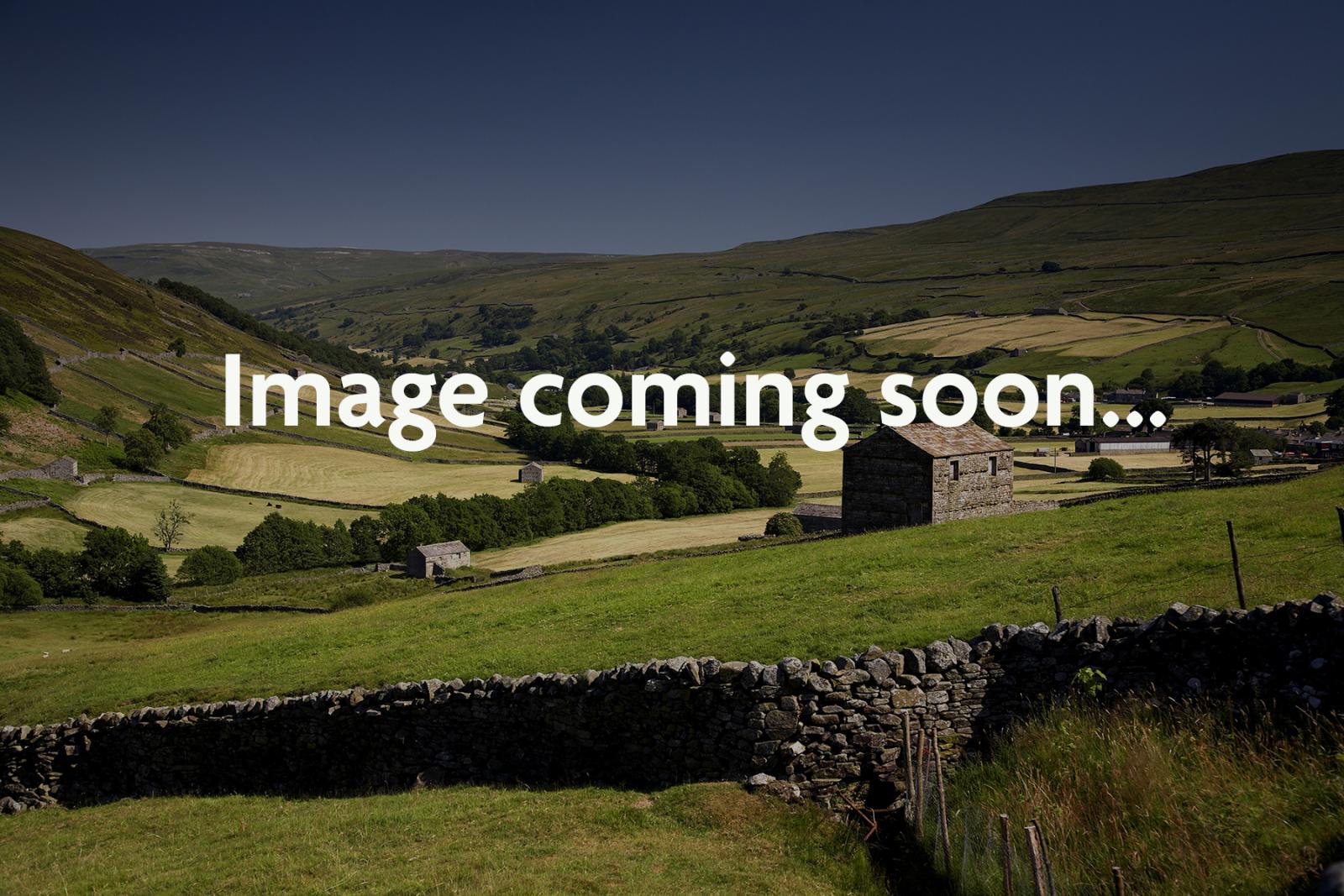
Coats Observatory

PAISLEY, RENFREWSHIRE

The Observatory, funded by Thomas Coats and designed by John Honeyman, was opened in 1883. It houses a 5 and 10 inch telescopes under the dome at the top. Weather recording activities have been carried out here continuously since 1884. There is also earthquake-measuring equipment and the Renfrewshire Astronomical Society holds regular meetings here. There are displays on the solar system, earthquakes and the telescope.
Facilities – at a glance
Assist dogs allowed
Suitable for all child ages
- Suitable for children of all ages
- Parking nearby
- Facilities: Lift
- Open all year
- Opening Times: Open all year, Tue-Sat 11-4, Sun 2-5; PHs 11-4. Winter viewings Nov-Mar 6.30-9pm. Solar viewings Jun-Sep, Thu 2-4
Also in the area

About the area
Discover renfrewshire.
The council area of Renfrewshire is one of three areas that make up the historic county of the same name, the other two being East Renfrewshire and Inverclyde.
The county town is Renfrew, however it is Paisley which is the main settlement and its abbey, cathedral and museum draw many visitors to the town. Whether you spend a morning buying local produce at the farmers’ market or take the whole family to the Coats Observatory, Paisley and its history and architecture make a varied and fascinating visit.
Outside of the towns, spend some time enjoying Renfrewshire’s natural beauty at Finlaystone Country Estate, Gleniffer Braes Country Park or RSPB Lochwinnoch Nature Reserve. Those with a particular interest in church history should take in some of Renfrewshire’s highlights on the Renfrewshire Ecclesiastical Trail, which follows the area’s stories and colourful past.
Nearby stays
Places to stay.
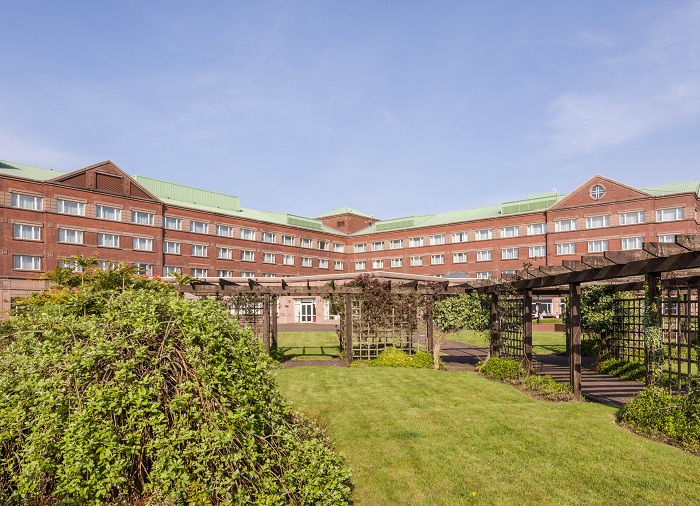
Attracting plenty of business and conference custom, this stylish, modern hotel lies beside the…
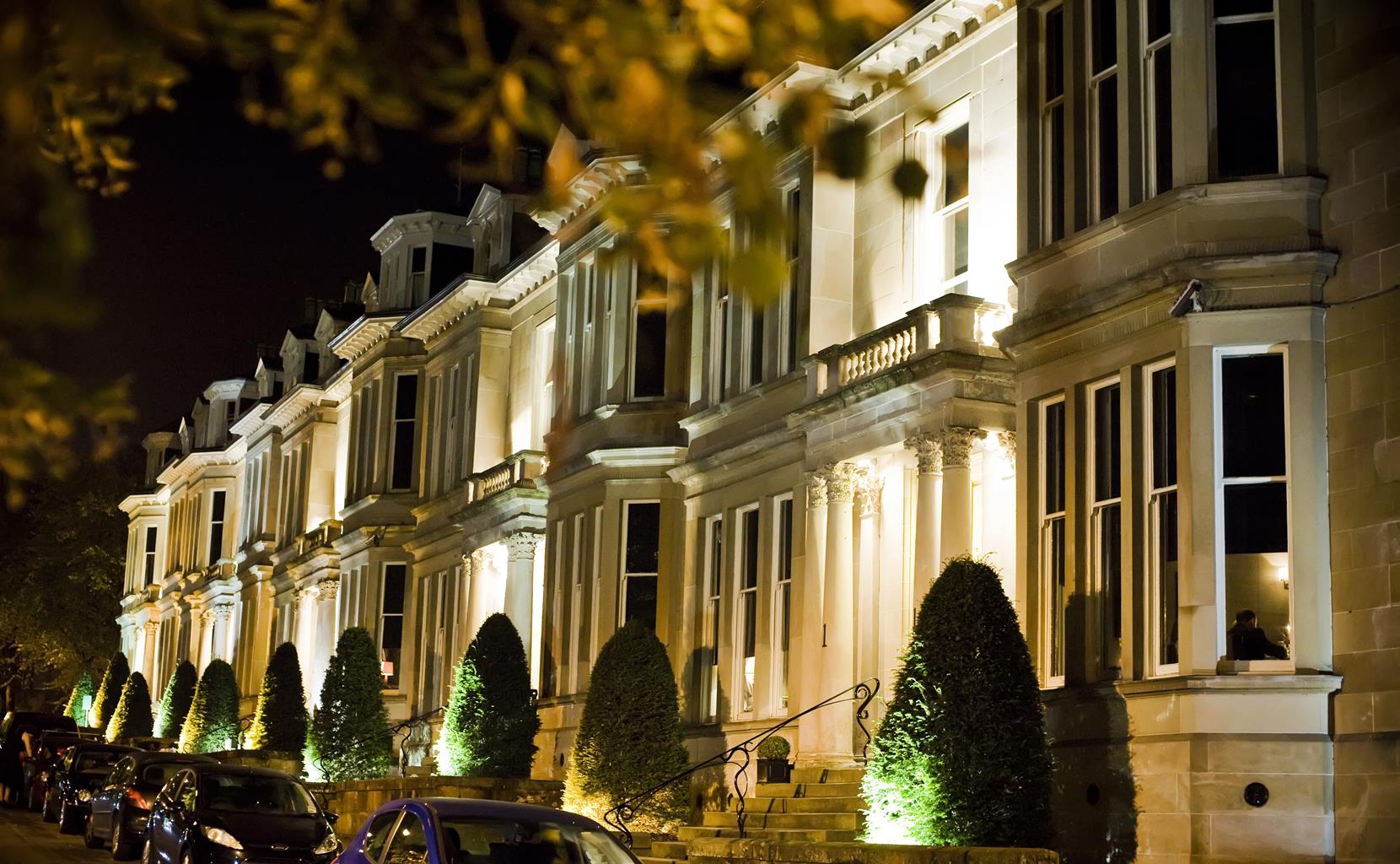
One Devonshire Gardens by Hotel du Vin is situated in a tree-lined Victorian terrace this luxury…

Georgian House offers good-value accommodation and is situated at the west end of the city in a…

The Paddocks Motorhome Site enjoys a fantastic location overlooking the Clyde and is within easy…
Dining nearby
Restaurants and pubs.

Whether you grab a table outside or in the restaurant itself, the family-run Prancing Stag showcases…

Close to the university in a mixed retail/residential area, the Partick Duck Club is a cosy, busy place…

Set behind a tiny shopfront, Number Sixteen is split over two levels. Inside, are driftwood and bare…

Surrounded by boho student hangouts and cafes, neighbourhood restaurant Eighty Eight is compact and…
Why choose Rated Trips?
Your trusted guide to rated places across the uk, the best coverage.
Discover more than 15,000 professionally rated places to stay, eat and visit from across the UK and Ireland.
Quality assured
Choose a place to stay safe in the knowledge that it has been expertly assessed by trained assessors.
Plan your next trip
Search by location or the type of place you're visiting to find your next ideal holiday experience.
Travel inspiration
Read our articles, city guides and recommended things to do for inspiration. We're here to help you explore the UK.
Sign up to our newsletter
Search rated places
You are using an outdated browser. Please upgrade your browser to improve your experience.
Coats Observatory and a history of weather recording
Tuesday 21st March, 2023
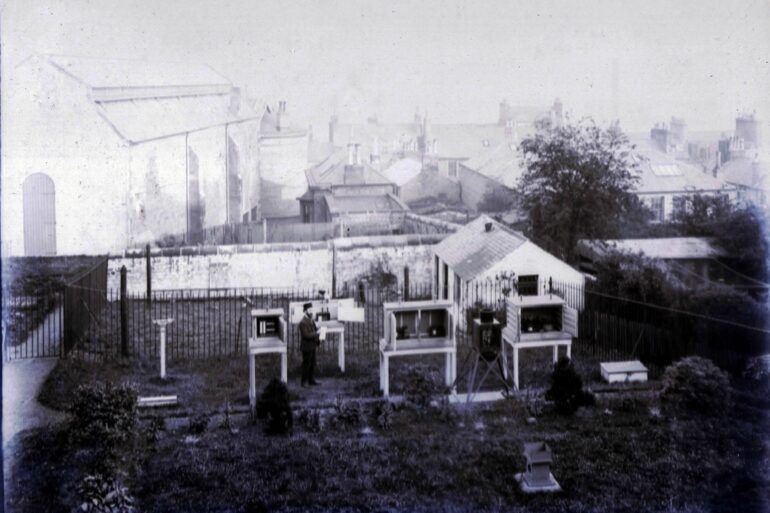
Did you know Paisley’s Coats Observatory has a rich history of weather recording?
In this blog, John Pressly, science curator at Coats Observatory , tells us all about this fascinating tradition.
“Everyone likes to talk about the weather, whether it be good, bad or unexpected. On 23 March each year World Meteorology Day commemorates the work done in recording weather globally. Raising awareness of how the weather and climate affects everyone and everything on our planet.
“Paisley has a long tradition of weather recording, dating back to 1858. That year a scientific meteorology station was set up in the grounds of Ferguslie House, the home of local thread manufacturer Thomas Coats.
“In 1883 Thomas gifted Coats Observatory to the town and the responsibility for collecting local weather data shifted to this newly opened scientific institution. Equipment was set up in the observatory garden and daily readings of rainfall, sunshine, temperature and wind speed were taken. These were written down and kept in large ledgers which are now safely stored at the ‘Secret Collection’ on Paisley High Street .
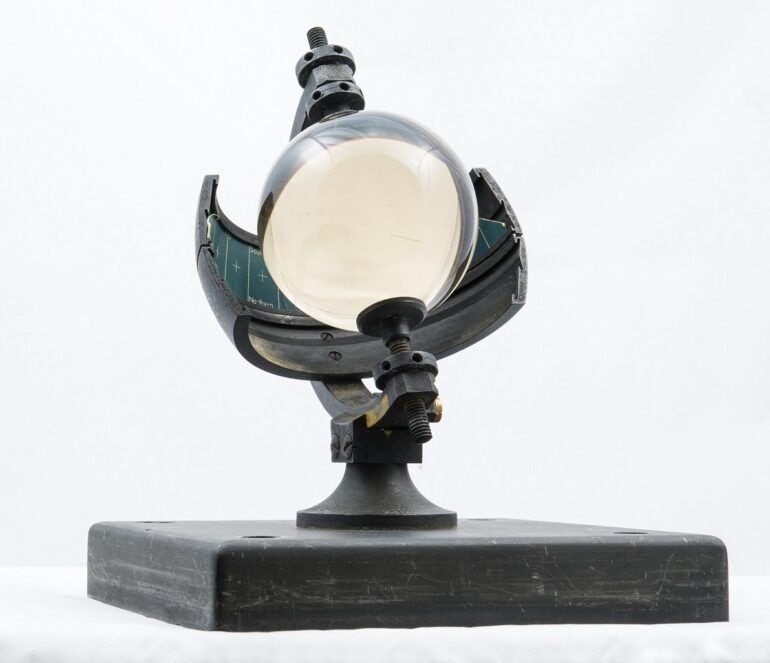
The Sunshine Recorder is just one of the many objects that will feature in the weather story display once the museum reopens.
“These records reveal some of the weather extremes Paisley has experienced over the years. Such as the coldest day, recorded on February 10, 1895, when the thermometer dropped down to minus 15.1 o C. And the hottest (so far) on June 28, 2018, when the mercury hit 32.4 o C. As well as the wettest, December 10, 1994, when 89mm of rain fell in one single day. This led to widespread flooding, especially in Ferguslie Park.
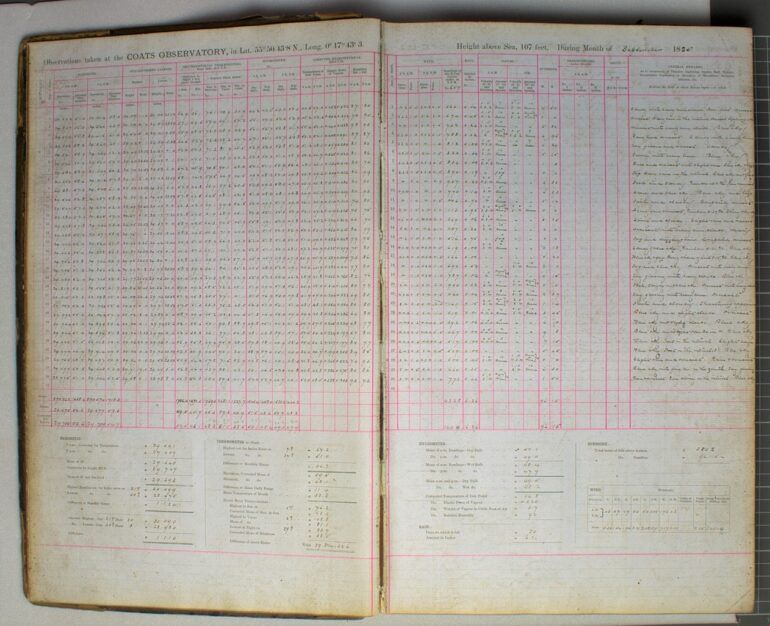
Coats Observatory Weather Book. Almost 130 years-worth of weather data is recorded in these large log books. They are now kept in the museum store.
“The weather story will be just one of several being told in Paisley Museum when the building reopens in 2024.”
Discover more for yourself
The museum is currently undergoing a £42m transformation into a leading European museum. It will tell the stories of Paisley’s people and Pattern, and be home to internationally-significant collections.
If, like us, you want to stay up to date with the progress of the project, check out the Paisley Museum Reimagined campaign .
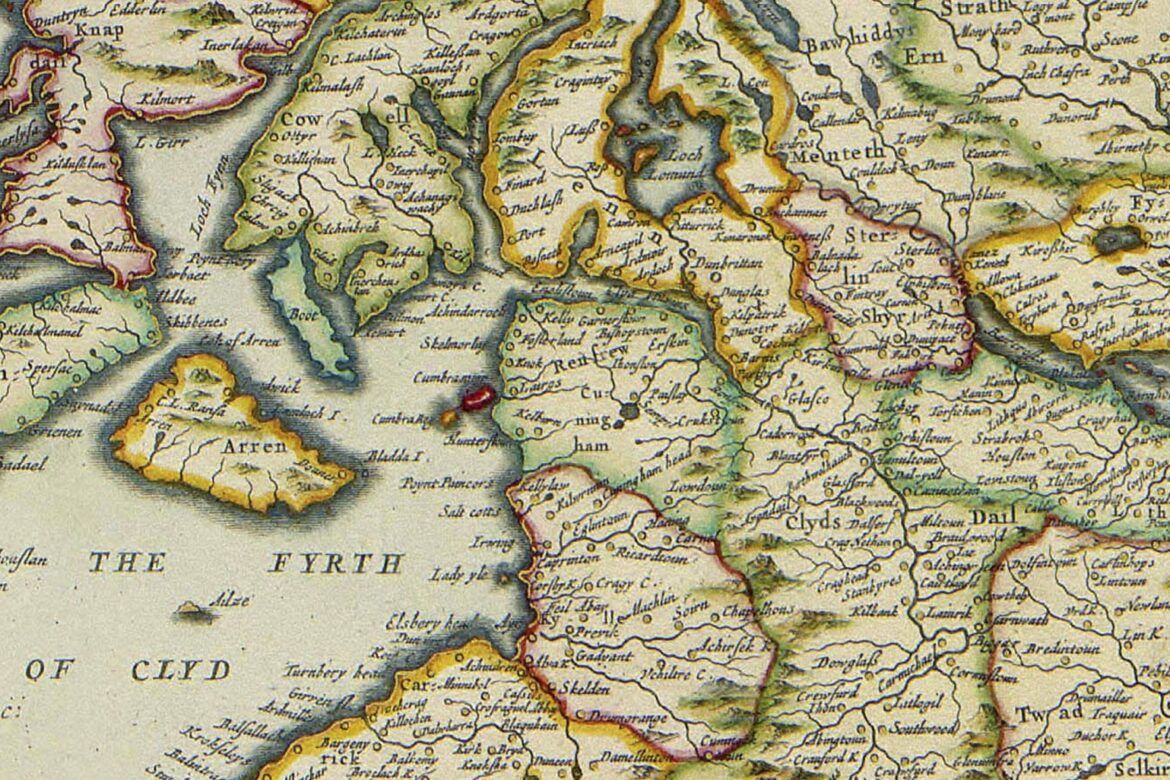
History and heritage of Renfrewshire's towns and villages
Explore the history and heritage of Renfrewshire's towns and villages. Delve deep and find out more about their unique stories.
Coats Observatory

Top ways to experience nearby attractions

Most Recent: Reviews ordered by most recent publish date in descending order.
Detailed Reviews: Reviews ordered by recency and descriptiveness of user-identified themes such as waiting time, length of visit, general tips, and location information.
Also popular with travellers

Coats Observatory - All You Need to Know BEFORE You Go (2024) - Tripadvisor
- Sun - Sun 2:00 PM - 5:00 PM
- Mon - Sat 11:00 AM - 4:00 PM
- (0.04 km) Oakshaw Apartment - Elegant Rustic Apartment in City Centre
- (0.18 km) Ashtree House Hotel, Glasgow Airport.
- (0.25 km) Oakshaw Guest House
- (0.60 km) Kombi Campers
- (0.96 km) Muirholme B&B
- (0.21 km) Cardosi's Restaurant
- (0.15 km) Roasters
- (0.16 km) Cardosi's Espresso Bar
- (0.20 km) Malatso Cafe
- (0.23 km) Allan's Snack Bar

Coats Observatory - 4 Things to Know Before Visiting
Man-made Structures- Other
Things to know
About coats observatory.
- Activities and tours near by
- Attractions near by
- Discover More Attractions in Renfrewshire
- Location and Map
Coats Observatory is Scotland's oldest public observatory. It is currently closed for refurbishment as part of a 4-year long £42m transformation of the observatory and museum buildings. Located in Oakshaw Street West, Paisley, Renfrewshire, the observatory has been operational since 1 October 1883 and continues to function to this day, offering visitors the opportunity to view the night sky through the powerful telescopes housed within the building. The observatory is currently closed for redeve
Add your visit
Hotels near Coats Observatory
Hotels to stay near Coats Observatory
Travelodge Glasgow Airport

Guest rating:

Courtyard Glasgow Airport

Holiday Inn Express - Glasgow Airport

Holiday Inn Glasgow Airport

View all hotels
Activities Around
Attractions near coats observatory.
Paisley Museum & Art Gallery
0.07km from coats observatory.
It is a museum and public art gallery located in the town of Paisley and is run by Renfrewshire Council. It houses one of the largest municipal art collections in Scotland, including over 800 paintings. The Museum holds the collections of Renfrewshire Council and the Paisley Art Institute Collection, held by Paisley Museum and Art Galleries. The painting collections consist of over 800 works.
Sma' Shot Cottages
0.43km from coats observatory.
The Sma’ Shot Cottages are a major tourist attraction of historical significance in the Renfrewshire area, offering a unique insight into two distinct periods of Paisley’s textile history. On crossing the yard, you will discover the house of a foreman of a nearby mill in the mid-19th century. Within this house, visitors can experience what family life was like within the kitchen/living area, bedroom, children’s room and parlour – each room is decorated to represent various time periods from the
Fountain Gardens, Paisley
0.55km from coats observatory.
Fountain Gardens is Paisley’s oldest public park. It consists of a grand geometric layout with broad walkways, all of which lead to the Grand Fountain – an ornate cast-iron fountain at the centre of the park which contains statues of herons, dolphins and walruses. The A listed fountain consists of dolphins, herons, cherubs and walruses. George Smith and Company of the Sun Foundry in Glasgow constructed the fountain. Stained-glass artist and designer Daniel Cottier was enlisted to paint and colou
Paisley Town Hall
0.59km from coats observatory.
Paisley Town Hall is a popular entertainment and conference venue that is host to a variety of concerts, shows and conferences. The main auditorium of the building can seat up to 750 people with a balcony, gallery and stalls area.
Paisley Abbey
0.68km from coats observatory.
Paisley Abbey is a parish church of the Church of Scotland on the east bank of the White Cart Water in the centre of the town of Paisley, Renfrewshire, about 12 miles west of Glasgow, in Scotland. Its origins date from the 12th century, based on a former Cluniac monastery. Following the Reformation in the 16th century, it became a Church of Scotland parish kirk.
St Mirin's R C Cathedral
0.92km from coats observatory.
The Cathedral Church of Saint Mirin in Paisley is dedicated to Saint Mirin – the patron saint of Paisley. Designed by Thomas Baird in 1932, the church which is the mother church of the Catholic Diocese of Paisley and the seat of the Bishop of Paisley became a cathedral in 1948. This remarkable building is Romanesque with canted apse and tower-flanked narthex, and home to an organ constructed in 1912. The church is also the largest in the Diocese, accommodating around 1300 worshippers.
Discover more attractions near by
Discover More Attractions in Renfrewshire , Home of Coats Observatory
Renfrewshire
25 attractions.
Located in the west central Lowlands, it is one of three council areas contained within the boundaries of the historic county of Renfrewshire, the others being East Renfrewshire to the east and Inverclyde to the west. It also shares borders with Glasgow, North Ayrshire and West Dunbartonshire, and lies on the southern bank of the River Clyde.
Location of Coats Observatory
For more information about Coats Observatory , visit: https://en.wikipedia.org/wiki/Coats_Observatory
To view all hotels near Coats Observatory , visit: Hotels near Coats Observatory

Coats Observatory
Coats Observatory is a working research observatory. Please contact them for information on any public viewing schedules, tours, and outreach programs.
- Coats Observatory
- 10", 5" refractors
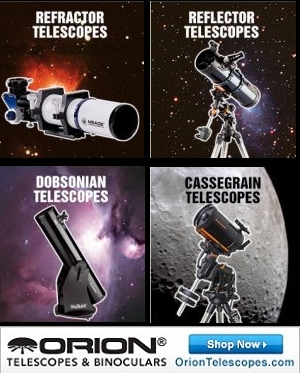
- The present
- The Collection
- Funding partners
- Leave your legacy
- Corporate support
- Volunteering
- News & stories
- Get in touch
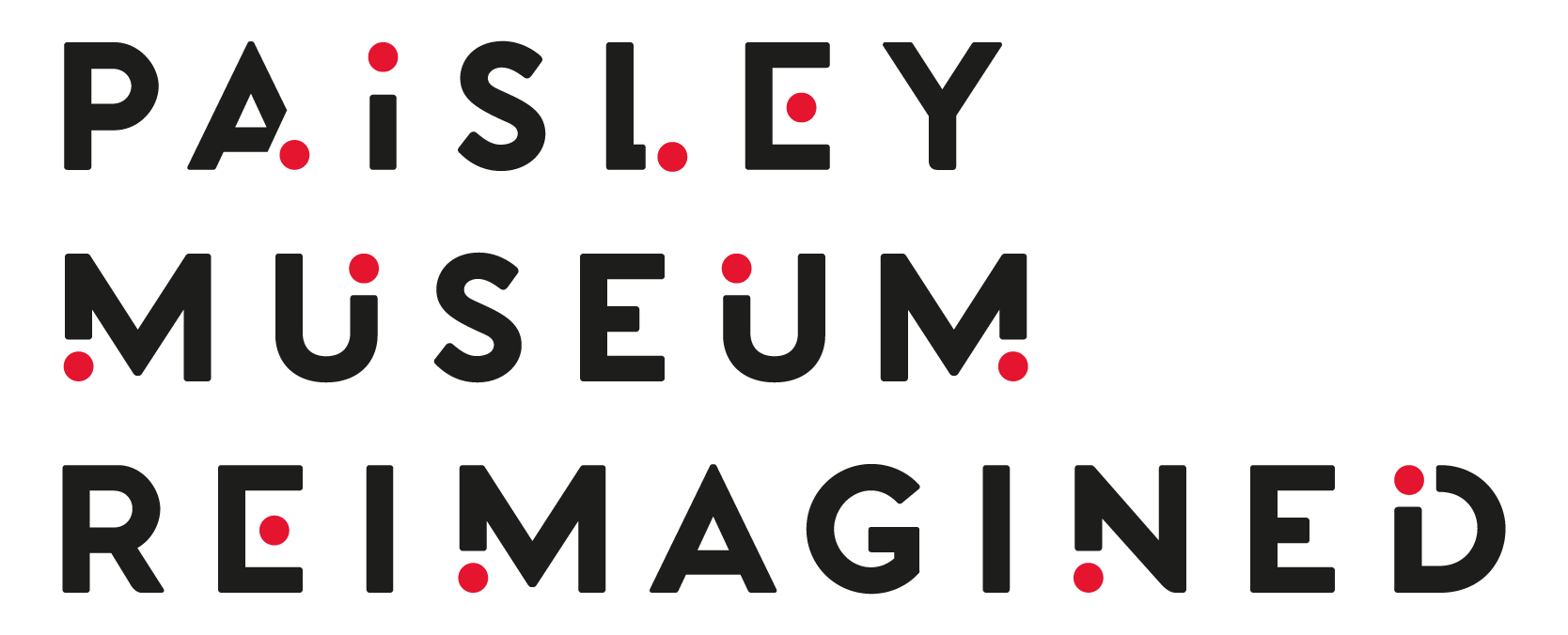
Weather recording at Coats Observatory
Did you know Paisley’s Coats Observatory has a rich history of weather recording?
John Pressly, science curator for Paisley Museum , explained to Paisley.is this fascinating tradition.
“Everyone likes to talk about the weather, whether it be good, bad or unexpected. On 23 March each year, World Meteorology Day commemorates the work done in recording weather globally, raising awareness of how the weather and climate affect everyone and everything on our planet.
“Paisley has a long tradition of weather recording, dating back to 1858. That year a scientific meteorology station was set up on the grounds of Ferguslie House, the home of local thread manufacturer Thomas Coats.
“In 1883 Thomas gifted Coats Observatory to the town and the responsibility for collecting local weather data shifted to this newly opened scientific institution. Equipment was set up in the observatory garden and daily readings of rainfall, sunshine, temperature and wind speed were taken. These were written down and kept in large ledgers which are now safely stored at the ‘Secret Collection’ on Paisley High Street.
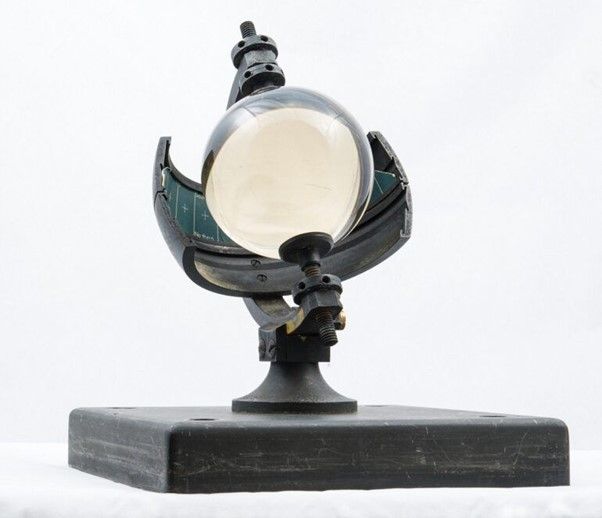
“These records reveal some of the weather extremes Paisley has experienced over the years, such as the coldest day, recorded on February 10, 1895, when the thermometer dropped down to minus 15.1 o C; the hottest (so far) on June 28, 2018, when the mercury hit 32.4 o C; and the wettest, December 10, 1994, when 89mm of rain fell in one single day. This led to widespread flooding, especially in Ferguslie Park.
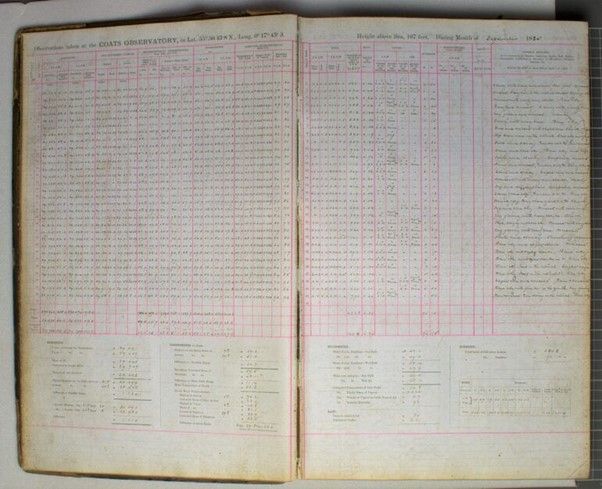
“The weather story will be just one of several being told in Paisley Museum when the building reopens in 2024.”
If you wish to learn more about Paisley Museum Science Collection, click here or browse our latest articles to discover other news and stories about Paisley!
Latest News & Stories
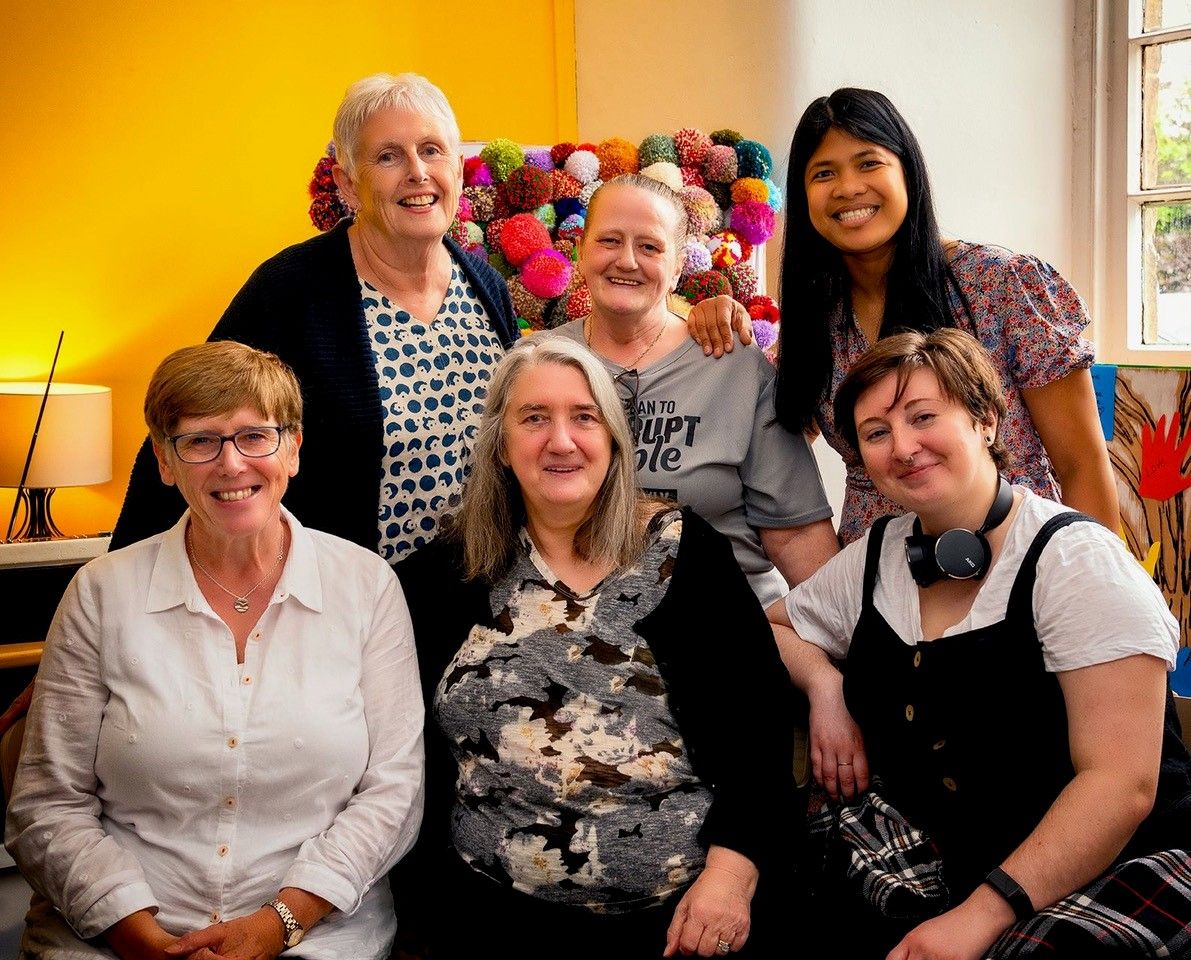
Paisley Museum and Kairos Women+ win big at the Smiley Charity Film Awards
Friends of the Paisley Museum Reimagined project, Kairos Women+ are celebrating after picking up an honour at the Smiley Charity Film Awards in London.
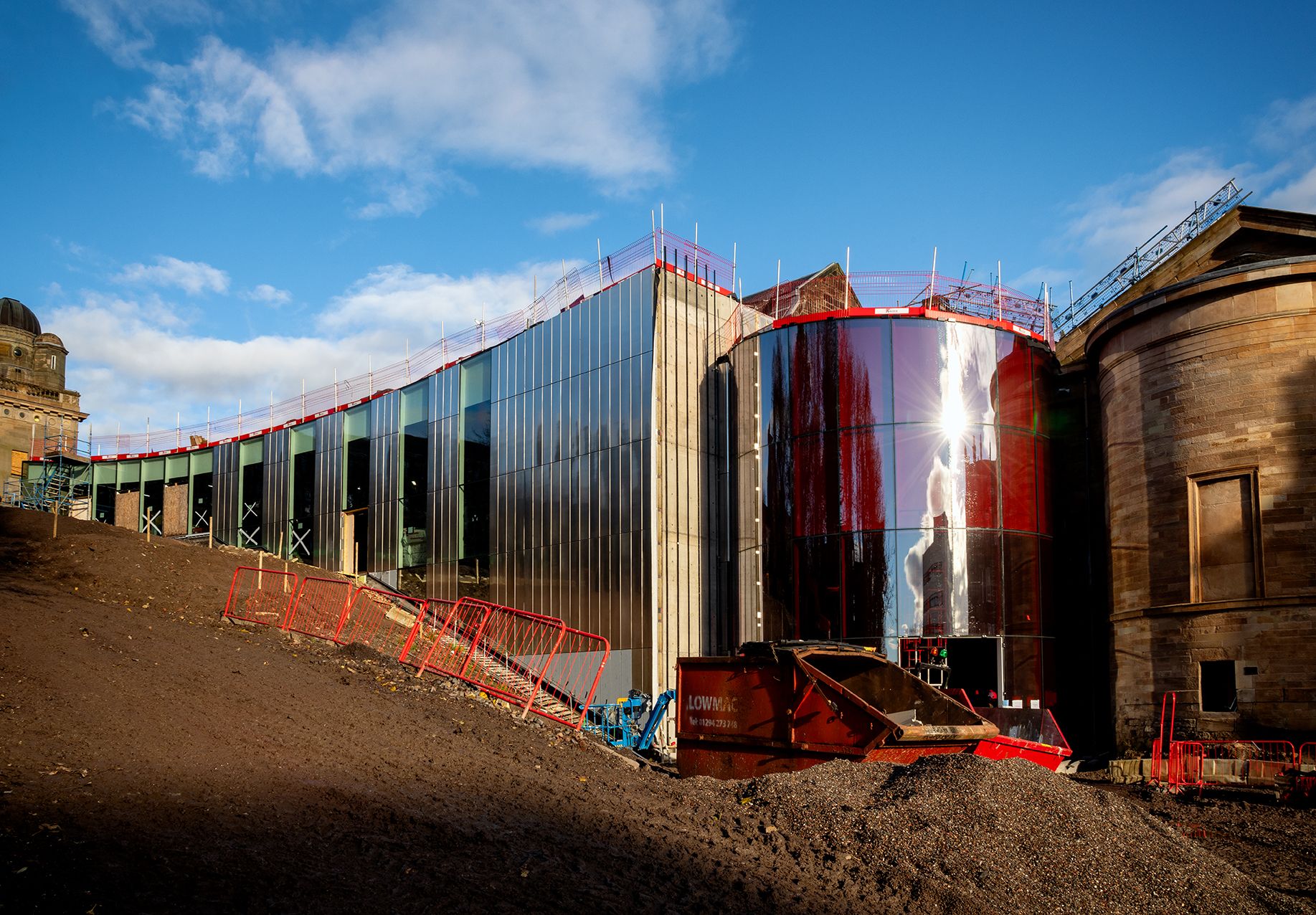
Paisley Museum Wins Prestigious International Award
Paisley Museum succeeds in major global competition to win prestigious international award

Paisley Museum has received funding to work with community groups
Paisley Museum has received funding from the Esmee Fairbairn Collections Fund to work with community groups

In this section
The Science Collection consists primarily of the instruments and apparatus from Coats Observatory, the oldest purpose-built public observatory in Scotland.
The observatory was run by Paisley Philosophical Institution and funded by members of the Coats family, initially Thomas and then his son James. The intention was to create one of the best equipped astronomical observatories in the country and no expense was spared in purchasing top of the range apparatus from some of the most renowned instrument makers of the late nineteenth century. Coats Observatory also functioned as a meteorological centre, taking daily weather readings from shortly after it opened in 1883 to the present, and the collection includes many of these historically important objects too.
Included in the collection are various telescopes; spectroscopes which determine the chemical composition of distant stellar objects by examining the light they emit; magnetometers to measure changes in the Earth’s magnetic field; seismometers for measuring earthquakes; assorted eyepieces for a variety of astronomical studies and several microscopes. These are complimented by an extensive library of astronomy and meteorology textbooks from the same era.
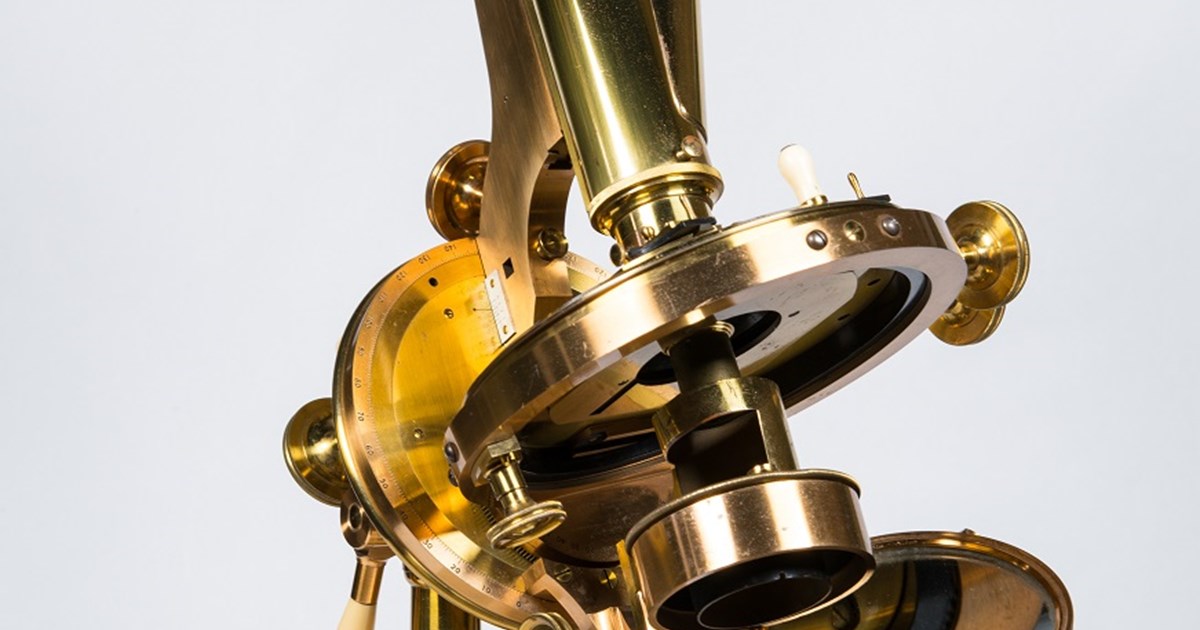
For more information on our Science collection, please contact our Science Curator John Pressly
Please Support Us
As a charity, our services help people live healthy, happy and fulfilled lives. A donation to Renfrewshire Leisure will help us continue to provide charitable services across our communities.

Visit the SkyCenter
Mt. Lemmon SkyCenter is home to Steward Observatory's public astronomy outreach program and is located high above the city of Tucson, Arizona. Our exceptional science programs take place on the summit of a Sky Island , at an elevation of 9,157 feet. Operating under permit from the U.S. Forest Service , we proudly provide access to the Schulman 32" inch and the Phillips 24" telescopes. These are TWO of the largest telescopes available for public outreach in the Southwest.
All of our programs have capacity limits and are available by advance reservation only . Note that we often sell out, especially around holidays and in the spring months, where programs fill 1 - 3 weeks in advance.
*Please note: During October through April, and especially during November, December, January and February, the weather will be very cold during your experience. Please be prepared with layers, heavy coats, boots, and other items to keep you warm during your visit.
Please call (520-626-8122) or email us ( [email protected]) with any questions regarding disability-related access, or to request disability-related accommodation. Please understand that our program operates at a high altitude mountain location and that in order for us to provide some accommodations (e.g. sign language interpreting, wheelchair accessible transportation in the winter) we require advance notice.
Office hours are Tues-Sun 12 PM - 5 PM MST (520) 626-8122 [email protected]
- SkyNights StarGazing Program: Our premier evening StarGazing program is available, by reservation, on most Wednesday, Thursday, Friday, Saturday, and Sunday evenings. This five-hour program starts two hours prior to sunset and includes an astronomy lecture, a light dinner, sunset, and guided navigation of the night sky. We'll start with binoculars and end with views through the Schulman 32-inch and/or the Phillips 24-inch telescopes. Views may include our spectacular neighboring planets, distant galaxies and nebula, star clusters, and other celestial wonders. Due to the outdoor nature and length of the program, it is generally appropriate for ages 7 and up. Prices are indicated on the reservation calendar for each event.
- By reservation only - Day Tours and Solar Viewings: Offered for groups of 20 or more by special arrangement, these walking tours are 1 1/2 to 2 hours in length. We will bring you to the observatory and talk about the beginnings of the Mt. Lemmon Observatories, the SkyCenter programs, and our future as both a research facility and a public outreach center. We will introduce you to the work of the Catalina Sky Survey, discuss near-earth objects, and explain the purpose and the people behind each of the 9 summit telescopes. Weather permitting, you will also view the Sun through dedicated solar telescopes. This tour is $15 per person and requires a minimum of 20 participants. For groups of less than 20 people, we can provide this tour for a flat rate of $300.
- Picnic Day Tours: Same as above but we'll pack you a lunch! The day tour with lunch is $25 per person and requires a minimum of 20 participants. For groups of less than 20 people, we can provide this tour for a flat rate of $500.
- Astronomer Nights, Viewing Only: From the novice to the professional, this is an outstanding opportunity to spend the entire evening with a professional guide using our telescopes to peer at a multitude of celestial objects. This program is $1500 per night for up to 4 people and includes lodging, participation in our regular SkyNights program (optional), and snacks throughout the evening.
- Astronomer Nights w/ CCD Photography: For experienced astronomers with working knowledge of CCD photography. Pursue a more detailed analysis of astronomical data using our telescopes, CCD cameras, and other resources. This program is $1500 per night for up to 2 people and includes lodging, participation in our regular SkyNights program (optional), and snacks throughout the evening.
- Private and semi-private Astronomy Events: Can be arranged by contacting our office 2 – 3 months prior to the desired date.
- Special programs: (meteor showers, eclipses, Messier Marathon, etc.) Are available throughout the year and sell out quickly - keep one eye on the sky and one on our calendar!
- Share full article

Glamping With the Stars
Would cloudy weather ruin a visit to the first-ever resort to receive certification from DarkSky International? A stargazer in Utah holds on to her optimism.
Under Canvas Lake Powell-Grand Staircase, a glamping resort in Utah, is the first resort to be certified by the nonprofit authority on light pollution, DarkSky International. Credit... John Burcham for The New York Times
Supported by
By Colleen Creamer
- Published May 1, 2024 Updated May 2, 2024
As I exited Harry Reid International Airport on a bright March afternoon, my hand flew up to protect my eyes, which had grown accustomed to the dull light of a long, gray Tennessee winter. I’d headed west for the sun, but even more so for the night sky, so I was hoping for clear weather ahead. I climbed aboard a shuttle bus that would take me two hours east to Utah, where I planned to spend a starry night at Under Canvas Lake Powell-Grand Staircase .
The glamping resort, one of 12 Under Canvas sites, is anchored on a canyon rim plateau in southern Utah and is the first resort in the world to be certified by the nonprofit authority on light pollution, DarkSky International . My aim was to beat the heat and the crowds — but what I really wanted was to be an early adopter of certified starry resorts.
The DarkSky Approved Lodging program is another step forward in the nonprofit’s history of advocacy for the reduction of light pollution. Broadly, the requirements for certification include being situated in an “exceptionally” dark location; having approved means of reducing the impact of light at night; and providing educational materials about night sky conservation to guests.
Under Canvas, said James Brigagliano, the program’s manager for DarkSky, was a good fit for the project because the company’s sites are in dark locations, and they already follow eco-friendly practices. Since the Lake Powell site was certified in August, other Under Canvas locations in the National Park Service’s Grand Circle Western parks area have also been approved.

Hoping for good weather
In St. George, Utah, I rented a car and headed southeast, the Pine Valley Mountains hovering to the north. The second half of the two-hour drive was on Route 89, which runs from Mexico to Canada. My roughly 60-mile section was marked by sienna-hued mesas and buttes, and cornflower-blue skies.
By 3:30 p.m., I was bouncing along a red dirt road until Under Canvas’s cream-colored tents came into view. There are 50 in all, scattered across 220 acres, all of them with views of Grand Staircase-Escalante National Monument , a massive geological formation that occupies about 1.87 million acres of public lands, from desert to coniferous forest.
As I got out of my car, I looked up at the sky warily. Clouds were gathering.
In the dirt lot, there were vehicles from Western states and a few from the Northeast. Like me, these travelers had come early — one day after the resort opened for the season — to take advantage of the cool weather and outdoor activities like horseback riding, hiking, rappelling in nearby Elephant Canyon and private tours of the Grand Staircase. There is also boating and fishing on Lake Powell, though the water level there has been much impacted by drought .
Many, like myself, came mainly for the night sky in Utah, which has large swaths of land with minimal artificial light and a dry climate that translates into less water vapor, which can blur the stars.
But would the weather cooperate?
Reaching for the stars
Under Canvas is certainly not the first hospitality company to tout its access to the night sky. Over the last 20 years or so, hotels in bucolic settings, along with permanent glamping sites, have been working stargazing into their guest offerings. There’s the observatory at Primland Resort in Virginia’s Blue Ridge Mountains, and the astronomy dinner at Soneva Jani in the Maldives. Elqui Domos in northern Chile has geodesic domes and cabins that open to the sky.
With stargazing in mind, Under Canvas began working with DarkSky in 2021 to arrive at a lighting design plan.
“Getting the certification from DarkSky was altruistic in terms of intention,” said May Lilley, the chief marketing officer at Under Canvas. “It’s a part of our mission to make sure our guests leave with a little bit of a different philosophy, whether that means they just turn the lights off when they leave a room.”
DarkSky’s hope, said Mr. Brigagliano, is that the new certification program will become the de facto standard for all lodging in locations dark enough to pass the organization’s protocol.
Attention to the night sky could not happen sooner. A study published in Science magazine in 2023 revealed that the sky glow from cities and towns increased 10 percent each year from 2011 to 2022, underscoring the startling results from a 2016 study that showed that 99 percent of those living in highly populated areas around the world can no longer see most stars, if any.
The category for lodging complements DarkSky’s existing certification program for International Dark Sky Places , of which there are more than 200, including Zion and Yellowstone national parks; the Arkaroola Wilderness Sanctuary in Australia ; the Namibrand Nature Reserve in southern Namibia; and even urban places, like Parc du Mont-Bellevue in the city of Sherbrooke, Quebec.
Response to news of the program was fairly immediate, said Mr. Brigagliano. “So far, nearly 100 resorts, retreat centers, ranches and other lodging properties from the United States, Canada, Britain, Thailand, Australia, India, Germany, Saudi Arabia and the Cook Islands have contacted us regarding the program. We are getting interest from a variety of businesses, from nonprofits to luxury, high-end properties.”
Where are the stars?
Inside the common area — a large tent that acts as a front desk, restaurant, snack bar and hang out — a couple from San Francisco with a dachshund had just finished registering. The woman who registered me took me by A.T.V. to my safari-style tent.
All the tents are within a soft yell of each other and all have decks, en-suite bathrooms with showers, and four vertical walls that provide more room than traditional pyramid-shaped tents. Inside mine was a king-size bed, two leather chairs and a wood-burning stove. My choice, the Stargazer (I paid $432, including taxes and fees), also has a sky-viewing window that arcs above the bed.
I stepped out on the deck. The valley was dark below dense clouds. Back inside, I could hear the patter of rain on canvas. I ditched my plan to walk to the on-site slot canyon — slot canyons can flood — and slid under the viewing window, which was dotted with raindrops. The prospects of a starry night seemed remote.
I zipped up my parka, wishing I had brought better shoes for hiking in the rain, and walked down to the main common area. The roasted trout ($25) looked tempting, but the cafeteria was uncomfortably cold. I pulled out a protein bar from my backpack and took a seat under one of the sheltered gathering areas, noticing how the rain transforms Utah’s striated Navajo sandstone into deeper hues of coral and ecru. The wide valley between myself and Grand Staircase might have been two miles or 20, the scale was so unfathomable. A couple from Idaho in oilskin jackets and hiking boots, who looked as though they could ice-pick up Mount Everest, joined me. Unlike me, they were better prepared for inclement weather, which hadn’t stopped them from hiking nearby canyons.
By 8 p.m. the rain had become a misty drizzle. Hoping for the best, I set my alarm for 3:30 a.m., around the time the outer regions of the Milky Way appear in the Northern Hemisphere (given the right conditions).
When the alarm went off, I opened my eyes to stars shining through the still-damp window. I got dressed, grabbed a battery-powered lantern and stepped out into the night. Above me, in all directions, the sky was at last unblocked; I could not have been more surprised.
I made my way down the dirt path, which was lit by small solar ground lights, to get closer to the canyon rim. Smoke from the stoves in several tents drifted up and disappeared. A jack rabbit crossed my path. I sat down on a patch of dry scrub. This was the Colorado Plateau, one of the darkest sections of the United States, and even with a remaining cloud or two, thousands of stars shone through the darkness. Was that the veil of an aloof Milky Way above me? With a clear view to the west, I was almost certain I could see Venus. Using my stargazer app, SkyView, I managed to find the constellations Orion and Leo.
I lay back and stayed there until the stars faded in the predawn sky and the morning light began its spectacular migration across the wide valley.
Follow New York Times Travel on Instagram and sign up for our weekly Travel Dispatch newsletter to get expert tips on traveling smarter and inspiration for your next vacation. Dreaming up a future getaway or just armchair traveling? Check out our 52 Places to Go in 2024 .
Open Up Your World
Considering a trip, or just some armchair traveling here are some ideas..
52 Places: Why do we travel? For food, culture, adventure, natural beauty? Our 2024 list has all those elements, and more .
Mumbai: Spend 36 hours in this fast-changing Indian city by exploring ancient caves, catching a concert in a former textile mill and feasting on mangoes.
Kyoto: The Japanese city’s dry gardens offer spots for quiet contemplation in an increasingly overtouristed destination.
Iceland: The country markets itself as a destination to see the northern lights. But they can be elusive, as one writer recently found .
Texas: Canoeing the Rio Grande near Big Bend National Park can be magical. But as the river dries, it’s getting harder to find where a boat will actually float .
Advertisement
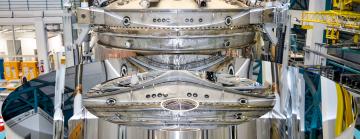
Rubin Observatory finishes reflective coating of giant mirror
The first reflective coating was applied to Vera C. Rubin Observatory’s 8.4-meter combined primary/tertiary mirror using the observatory’s onsite coating chamber.
LSST Camera
Vera C. Rubin Observatory will search wide and deep into the cosmos for signs of dark matter and dark energy and yield new insights into our own galaxy and solar system. SLAC built Rubin's LSST Camera (above), the largest camera ever built for astrophysics. SLAC will also host Rubin's U.S. Data Facility and co-lead the observatory's operations along with NSF's NOIRLab. (Image Credit: Jacqueline Ramseyer Orrell/SLAC National Accelerator Laboratory)
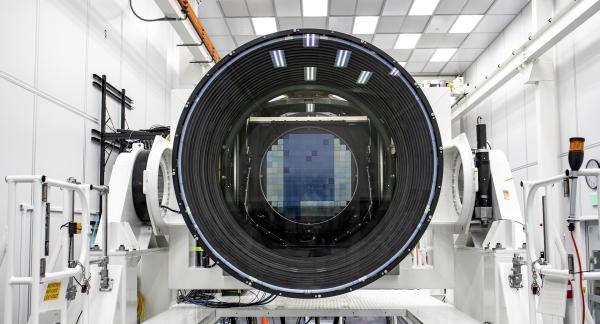
Vera C. Rubin Observatory , a next-generation astronomical facility under construction in Chile funded by the U.S. National Science Foundation ( NSF ) and the U.S. Department of Energy ( DOE ), achieved an important milestone on April 27, 2024, with the successful coating of the 8.4-meter primary/tertiary mirror with protected silver. This important event paves the way for the installation of the glass mirrors on the Simonyi Telescope, bringing Rubin Observatory ever closer to revolutionizing the fields of astronomy and astrophysics with its 10-year Legacy Survey of Space and Time ( LSST ) beginning in 2025. “This milestone represents not just an incredible feat of engineering, but also an important step towards a transformative new era of scientific advancement,” said Edward Ajhar, NSF Program Director for Rubin Observatory.
Rubin Observatory’s primary/tertiary mirror – the only one in the world exactly like it – is an integral component of the telescope’s optical system, which also includes a 3.4-meter secondary mirror and the LSST Camera, the largest digital camera in the world. Fabrication of the mirror began before the rest of the Rubin Observatory components, enabled by major gifts from the Charles Simonyi Fund for Arts and Sciences and from Microsoft founder Bill Gates. The 8.4-meter mirror is made up of two optical surfaces, each with a different curvature, combined into one large structure about as wide as a tennis court. Integrating the two mirrors in this way reduced the engineering and control complexity for the telescope while maintaining its excellent light collecting capacity. The mirror was fabricated over a period of seven years at the Richard F. Caris Mirror Lab (RFCML), of the University of Arizona, Tucson, AZ, beginning in 2008. In 2015, the completed mirror was moved to a secure storage area, and in early 2019 it was shipped to the summit facility on Cerro Pachón.
“This moment, having a completed primary/tertiary mirror, has been decades in the making, starting with the gift of funding by Richard F. Caris to buy the glass from Ohara Corporation that was used to make the mirror blank. Everyone at RFCML and the University of Arizona that have been involved in this project are thrilled that our work on this unique mirror will soon contribute to the success of such an incredible scientific instrument,” said Professor Buell T. Jannuzi, Head of the Department of Astronomy and Director of Steward Observatory at the University of Arizona.
The mirror coating process was carried out safely and efficiently by a skilled team using a state-of-the-art, onsite coating chamber built specifically for Rubin Observatory by Von Ardenne in Deggendorf, Germany. The 128-ton coating chamber, installed on the maintenance floor of the observatory facility, uses a technique called magnetron sputtering to coat mirrors to precise specifications. This technique gives Rubin the flexibility to coat the telescope mirrors with aluminum, silver, or even a combination of both during any coating run. The coating chamber can also be configured for either of Rubin Observatory’s differently-sized mirrors – it was also used to coat the 3.4-meter secondary mirror with protected silver in mid-2019. To coat the 8.4-meter primary/tertiary mirror, the lower half of the coating chamber was removed and the mirror’s vacuum-sealed support structure – called the mirror cell – acted as the base of the chamber.
“We’re thrilled that this very specialized piece of equipment has contributed to achieving the scientific requirements for both of Rubin Observatory’s mirrors,” said Norman Müller, project manager at Von Ardenne, Germany. “Meeting the very demanding homogeneity requirements was definitely a challenge. But we were able to succeed thanks to our extensive experience in building vacuum coating equipment for large surfaces.”
The Rubin coating team, led by Tomislav Vucina, conducted extensive testing to determine the final coating “recipe” – the precise mixture of elements that make up the coating layers, with the goal of achieving the best possible combination of reflectivity and durability. To verify the performance of the chosen mixture, the team coated a steel stand-in mirror that has also been used for testing the telescope mount and other observatory components. After confirming the mixture met the defined requirements, they repeated the process using the glass mirror.
First, the team applied an adhesion layer of nickel-chromium (NiCr) to the glass mirror blank. Then, they applied the reflective layer of silver (Ag). This reflective layer is incredibly thin – the amount of silver used to coat the entire 8.4-meter surface (64 grams) would form a ball about the size of a cherry tomato. After the application of the reflective layer, the mirror received another NiCr adhesion layer, and a final layer of silicon nitride (Si3N4) to protect the reflective coating from dust and other environmental contaminants. “This outer layer needs to be thick enough that it’s not worn off by cleaning,” said Vucina, “but not so thick that it absorbs too many photons and prevents the mirror from meeting Rubin’s scientific requirements.”
The process of coating the mirror took about four and a half hours. After the coating was complete, and to ensure that all the requirements were met, the mirror was moved out of the chamber to a nearby space where – the following day – Vucina and his team conducted a series of tests: reflectivity, adhesion, pinhole, and cosmetic. After analyzing the results of those tests, they declared the coating a success. “This was a very well-conducted project from every angle,” said Vucina, “thanks to a combination of careful planning and the technical skills of our excellent team.”
With its dazzling new coat, Rubin’s primary/tertiary mirror is an important step closer to capturing light from distant celestial objects. “We’re extremely excited that both mirrors are now coated and will be installed on the telescope very soon,” said Sandrine Thomas, Deputy Director for Rubin Construction. “The combined reflectivity of these mirrors will enable Rubin to detect very faint and far-away objects, leading to great science.”
Rubin Observatory is a joint initiative of the US National Science Foundation ( NSF ) and the Department of Energy ( DOE ). Its primary mission is to carry out the Legacy Survey of Space and Time, providing an unprecedented data set for scientific research supported by both agencies. Rubin is operated jointly by NSF's NOIRLab and SLAC National Accelerator Laboratory (SLAC). NOIRLab is managed for NSF by the Association of Universities for Research in Astronomy ( AURA ) and SLAC is operated for DOE by Stanford University . Additional contributions from a number of international organizations and teams are acknowledged.
This article is based on a release from Rubin Observatory.
For questions or comments, contact SLAC Strategic Communications & External Affairs at [email protected] .
SLAC is a vibrant multiprogram laboratory that explores how the universe works at the biggest, smallest and fastest scales and invents powerful tools used by scientists around the globe. With research spanning particle physics, astrophysics and cosmology, materials, chemistry, bio- and energy sciences and scientific computing, we help solve real-world problems and advance the interests of the nation.
SLAC is operated by Stanford University for the U.S. Department of Energy’s Office of Science . The Office of Science is the single largest supporter of basic research in the physical sciences in the United States and is working to address some of the most pressing challenges of our time.
Related Topics
- Fundamental physics
- Kavli Institute for Particle Astrophysics & Cosmology (KIPAC)
- Particle Astrophysics & Cosmology (PAC)
- Rubin Observatory/LSSTCam
- Science news
- Dark energy
- Dark matter
Related stories
Gem fellows' courage leads them on paths of self-discovery.
Two determined fellows share their thoughts on representation, mentorship and staying true to themselves in STEM.

Rubin observatory will reveal dark matter’s ghostly disruptions of stellar streams
Vera C. Rubin Observatory’s stunningly detailed images will illuminate distant stellar streams and their past encounters with dark matter.
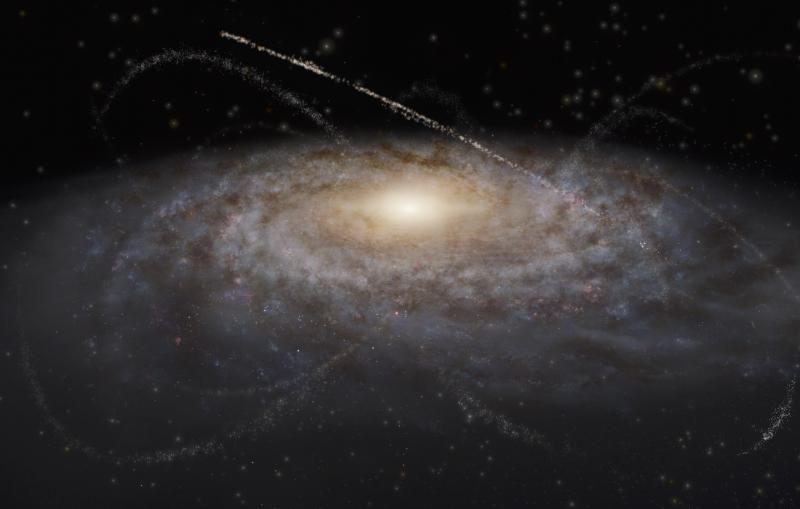
SLAC completes construction of the largest digital camera ever built for astronomy
Once set in place atop a telescope in Chile, the 3,200-megapixel LSST Camera will help researchers better understand dark matter, dark energy and other...
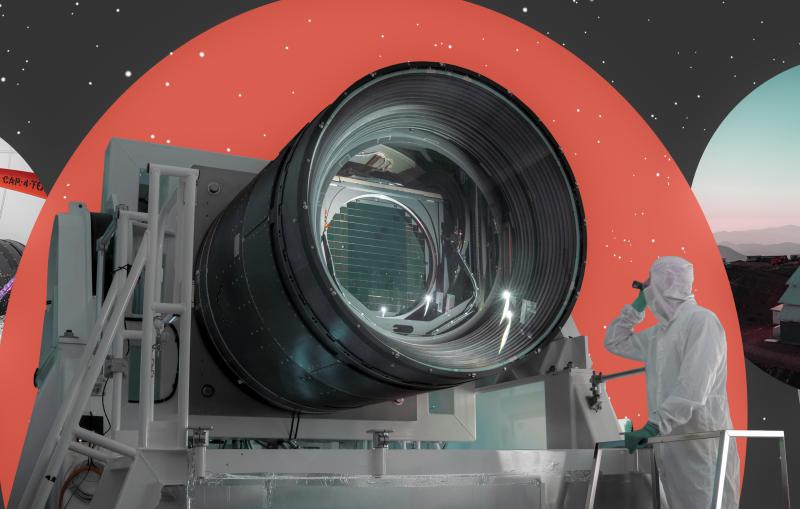
Scientists propose a new way to search for dark matter
In a new study, SLAC researchers suggest a small-scale solution could be the key to solving a large-scale mystery.
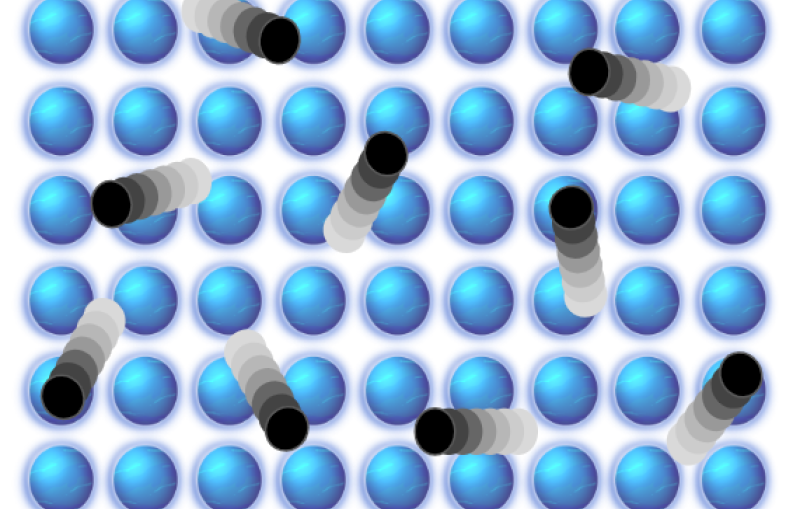
SLAC technology designed to detect dark matter could lead to a better understanding of galaxy evolution
Sensors designed and created at SLAC could help a proposed satellite mission map the X-ray emissions of galaxies with unprecedented precision.
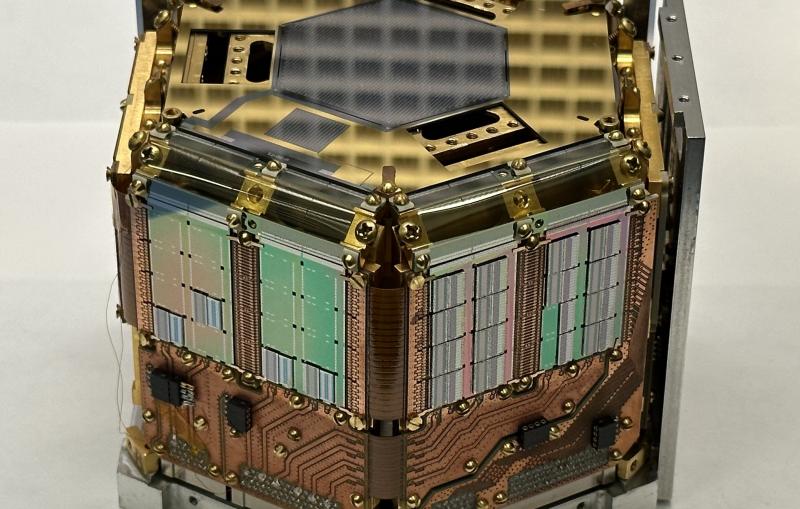
Striving toward a new era of the LHC
SLAC experimentalists and theorists collaborate to develop critical detector components, data analysis tools, and theoretical models for the HL-LHC upgrade, which will investigate the...

Music + Concerts | This couple met at Costa Mesa’s Wayfarer and…
Share this:.
- Click to share on Facebook (Opens in new window)
- Click to share on Twitter (Opens in new window)
- Click to share on Reddit (Opens in new window)
- Click to print (Opens in new window)
- Food & Drink
- Amusement Parks
- Theater & Arts
Things To Do
Music + concerts, music + concerts | this couple met at costa mesa’s wayfarer and got engaged there. now they own it, for justin and courtney suitor buying the storied spot was a dream come true..

And why wouldn’t they be? The Costa Mesa music venue had long meant so much to the couple, both personally and professionally. They’d often fantasized about buying it. But that wasn’t going to happen … right?
“Courtney and I had talked about it actually years before the opportunity presented itself,” says Justin Suitor , an Orange County musician who’d been playing at the venue with various bands since 2009 when it still went by its former name as Detroit Bar . “It was more of a dreamy situation that we talked about.
But the dream started to take shape.
“Courtney has wanted to return to operations and hospitality and venue life for a long time, since she departed the Observatory,” he says, referring to the Santa Ana venue that she’d worked at until 2019. “And I like playing music and I love the venue, and I like, you know, that nightlife, too.

Justin and Courtney Suitor are the newest owners of the Wayfarer in Costa Mesa, a longtime Orange County music venue that was founded as Detroit Bar in 2001. (Photo courtesy of the Wayfarer)

Justin and Courtney Suitor are the newest owners of the Wayfarer in Costa Mesa, a longtime Orange County music venue that was founded as Detroit Bar in 2001. Seen here are singers at the club’s long-running weekly karaoke night. (Photo courtesy of the Wayfarer)

Justin and Courtney Suitor are the newest owners of the Wayfarer in Costa Mesa, a longtime Orange County music venue that was founded as Detroit Bar in 2001. Seen here, Courtney Suitor is about to break the pool balls on one of the new tables they bought after taking over. (Photo courtesy of the Wayfarer)

Justin and Courtney Suitor are the newest owners of the Wayfarer in Costa Mesa, a longtime Orange County music venue that was founded as Detroit Bar in 2001. The intimate music club has a capacity of 300. (Photo courtesy of the Wayfarer)

“It was kind of a funny joke, but then, when it became a real opportunity, we just had to jump on it.”
The Suitors took over the Wayfarer in August, and since then have been working to revitalize and rebrand the intimate 300-person capacity club. They’d met at the club where Courtney Suitor started as a bartender not long after she turned 21 around 2006 or 2007. She left in 2011 to help open the Observatory in Santa Ana as a managing partner and general manager, but when Justin Suitor proposed marriage in 2015, it was at the Wayfarer.
So even before they owned it, the place was special to them, and now they hold the keys to it, too.
“I really look back on those five years nostalgically,” Courtney Suitor says of the place where she poured drinks, made friends, and listened to great music for much of her 20s. “It was really like my youthful glory days, I guess.
“I worked Sunday karaoke every week, and at the time most of the regulars were local musicians,” she says. “And Justin was one of those regular karaoke customers.”
Justin Suitor says he first came to the bar in 2008, a little bit intimidated by how cool it seemed, and how strong the musicianship was of the bands that played there.
“I always thought it was a little too cool for me,” he says. “I never really thought to go there, but a friend brought me to karaoke and it was a good scene.
“From that point on, it became a goal for me to have a band cool enough to play there,” Suitor says. “Because at the time, I was really ready for that. I just needed to work a little bit harder to be able to play on that stage.”
In 2009, a band he was in got a residency at the club, and since then, he’s played that stage often, perhaps most with his longest-running band, Painted Wives, which was formerly known as Railroad to Alaska .
The Suitors say that they haven’t changed much of the core mission of the Wayfarer and Detroit Bar legacy.
“I feel like it’s really a good model, and that’s why it’s been around for so long, and why it’s such a special place to so many people,” Courtney Suitor says. “So it really doesn’t need all that much, because it’s kind of like an icon in my opinion already.”
Still, any icon of a certain age can use a bit of freshening up, and the Suitors have done that with the Wayfarer – giving everything a new coat of paint, updating the sound system, bringing in new furniture and pool tables, and at the moment, working to update the food menu, too.
“It was important to Courtney and I to preserve a lot of what makes the Wayfarer the Wayfarer, being it’s part of the fabric of the Orange County music scene,” Justin Suitor says.
Its place in that scene has long been twofold – to book buzz-building artists on their rise to bigger stages, and give local acts a chance to build their careers and fanbases, too.
In its past, the venue has booked everyone from Stereolab and Modest Mouse to the Yeah Yeah Yeahs and the late Elliott Smith to play the cozy room. It also gave now-well-established Southern California acts such as Cold War Kids, Local Natives, Young The Giant and Airborne Toxic Event some of their first regular gigs.
“Part of the Wayfarer charm, that Detroit Bar had too, was that there are a lot of bands coming through these tour circuits of 300-capacity rooms that in the very near future you will hear on the radio, if you’re not hearing them already,” Justin Suitor said. “And in the very near future, you’ll see them opening up for bigger acts in 1,000-capacity rooms.
“The Wayfarer provides an opportunity for people to see bands that very soon will be too big to play in a 300-person room,” he says. “Too big to be that close to them on stage. Too big to meet them after the show in the parking lot and talk to them.
“That right there is kind of the essence of the Wayfarer that is carried on from Detroit Bar. These bands are on their way, and this is one of the first steps off the starting line.”
Courtney Suitor and her partners in the Observatory sold that club to event promoters Live Nation in 2019. She was expecting her third child with Justin Suitor and the time seemed right to step away from the hustle and bustle of running a nightlife business. When the pandemic hit the following year, she was even more relieved not to be in the live music business.
But now, the time is right, she says, both for reasons professional – she and her husband are lifelong live music people, after all – and personal.
“I would have never imagined having this as my career path if I hadn’t had that job at Detroit Bar,” she says. “I really feel like both of our experiences there shaped the rest of our lives. Who we would become, and what career paths we would take, and the kind of values we would have.”
- Newsroom Guidelines
- Report an Error
More in Music + Concerts

Obituaries | Steve Albini dies at 61; alternative rock pioneer produced albums for Nirvana, the Pixies

World News | Fans are following Taylor Swift to Europe after finding Eras Tour ticket bargains there

Music + Concerts | OC Fair 2024: The Aquabats are coming to Pacific Amphitheatre and The Hangar adds a trio of shows

Music + Concerts | Live Nation Concert Week: What it is, who’s participating and how to take part in Southern California

IMAGES
VIDEO
COMMENTS
We combined our visit to the museum with our Observatory tour and enjoyed both tremendously. Read more. Written February 26, 2015. ... Frequently Asked Questions about Coats Observatory. When is Coats Observatory open? Coats Observatory is open: Sun - Sun 2:00 PM - 5:00 PM; Mon - Sat 11:00 AM - 4:00 PM;
Coats Observatory. Coats Observatory. designed by John Honeyman for Thomas Coats. Opened in 1883 and one of the best-equipped small observatories in the country. The Grade A building houses a variety of equipment and carries out weather recordings and activities. It has recently been fitted with a new dome. This is a must for astronomy.
Contact us: email : [email protected]. phone : 0141 889 2013 (Coats Observatory) visit: 49 Oakshaw Street West, Paisley, PA1 2DE. At the 1880 Annual General Meeting of the Paisley Philosophical Institution, it was proposed that the Society should purchase an astronomical telescope, the telescope to be housed in the then new and ...
Coats Observatory is the oldest surviving public observatory in Scotland. Opened on 1 st October 1883 the observatory has been welcoming visitors ever since, offering a unique opportunity to view the night sky through the powerful telescopes housed in the observatory dome.. Please note that Coats Observatory is currently closed as part of the Paisley Museum re-Imagined project.
Sept 2017 • Solo. This is one of only a few observatories open to the public in Scotland. There are three free daily tours of the observatory via the museum. Matt the guide was super and his enthusiasm for astronomy as well as the history of the 1883 building was a credit to the observatory.
Coats Observatory, Paisley: See 66 reviews, articles, and photos of Coats Observatory, ranked No.6 on Tripadvisor among 44 attractions in Paisley. Skip to main content. Discover. Trips. ... There are three free daily tours of the observatory via the museum. Matt the guide was super and his enthusiasm for astronomy as well as the history of the ...
The history of the observatory is fascinating, the stories that this building has been a part of are incredible. For example the coats observatory is one of the only recording stations that recorded the San Francisco earthquake of 1906. This is a unique place to bring kids and adults alike.
Skip to main content. Review. Trips Alerts Sign in
Coats Observatory, Paisley: See 66 reviews, articles, and photos of Coats Observatory, ranked No.6 on Tripadvisor among 44 attractions in Paisley.
Coats Observatory: A really unique experience - See 66 traveler reviews, candid photos, and great deals for Paisley, UK, at Tripadvisor.
The Observatory, funded by Thomas Coats and designed by John Honeyman, was opened in 1883. It houses a 5 and 10 inch telescopes under the dome at the top. Weather recording activities have been carried out here continuously since 1884. There is also earthquake-measuring equipment and the Renfrewshire Astronomical Society holds regular meetings here. There are displays on the solar system ...
Coats Observatory is the oldest surviving public observatory in Scotland. It opened on 1 st October 1883 and it offered visitors a unique opportunity to view the night sky. It has powerful telescopes housed in the observatory dome. This dome can be seen across Paisley and is a very recognisable feature of the town's skyline.
Coats Observatory is Scotland's oldest public observatory. It is currently closed for refurbishment as part of a 4-year long £42m transformation of the observatory and museum buildings. ... After being given a tour of the buildings and the equipment he is noted as 'expressing his gratitude for what he had seen and congratulating the citizens ...
Coats Observatory Weather Book. Almost 130 years-worth of weather data is recorded in these large log books. They are now kept in the museum store. "The weather story will be just one of several being told in Paisley Museum when the building reopens in 2024.". Discover more for yourself.
Coats Observatory, Paisley: See 66 reviews, articles, and photos of Coats Observatory, ranked No.6 on Tripadvisor among 44 attractions in Paisley.
Coats Observatory is Scotland's oldest public observatory. It is currently closed for refurbishment as part of a 4-year long £42m transformation of the observatory and museum buildings. Located in Oakshaw Street West, Paisley, Renfrewshire, the observatory has been operational since 1 October 1883 and continues to function to this day, offering visitors the opportunity to view the night sky ...
In 1880, the Paisley Philosophical Institute agreed to purchase a telescope, to encourage the study of astronomy in the town. Thomas Coats, Sir Peter's brother agreed to fund the purchase of a Cooke and York telescope and a building to house it in. Designed by John Honeyman, The Coats Observatory was opened to the public in 1883.
Coats Observatory is a working research observatory. Please contact them for information on any public viewing schedules, tours, and outreach programs.
The Coats Observatory is open to the public and admission is free. Guided tours are available upon request, offering a more in-depth exploration of the observatory and its collections. These tours are led by knowledgeable guides who can answer any questions you may have about astronomy and the observatory's history.
This led to widespread flooding, especially in Ferguslie Park. Coats Observatory Weather Book. Almost 130 years-worth of weather data is recorded in these large log books which are now kept in the museum store. "The weather story will be just one of several being told in Paisley Museum when the building reopens in 2024.".
The Science Collection consists primarily of the instruments and apparatus from Coats Observatory, the oldest purpose-built public observatory in Scotland. The observatory was run by Paisley Philosophical Institution and funded by members of the Coats family, initially Thomas and then his son James. The intention was to create one of the best ...
Mt. Lemmon SkyCenter is home to Steward Observatory's public astronomy outreach program and is located high above the city of Tucson, Arizona. ... Please be prepared with layers, heavy coats, boots, and other items to keep you warm during your visit. Please call (520-626-8122) ... Day Tours and Solar Viewings: Offered for groups of 20 or more ...
Hoping for good weather. In St. George, Utah, I rented a car and headed southeast, the Pine Valley Mountains hovering to the north. The second half of the two-hour drive was on Route 89, which ...
Rubin Observatory's 8.4-meter combined primary/tertiary mirror was coated with protected silver in April 2024. The reflective coating was applied using the observatory's onsite coating chamber, which will also be used to re-coat the mirror as necessary during Rubin's 10-year Legacy Survey of Space and Time. (RubinObs/NOIRLab/NSF/AURA)
Courtney Suitor and her partners in the Observatory sold that club to event promoters Live Nation in 2019. She was expecting her third child with Justin Suitor and the time seemed right to step ...